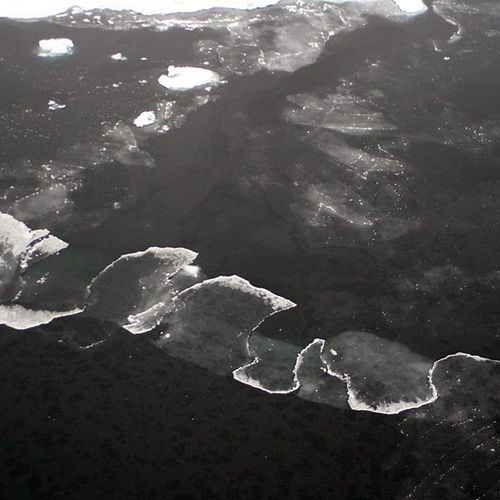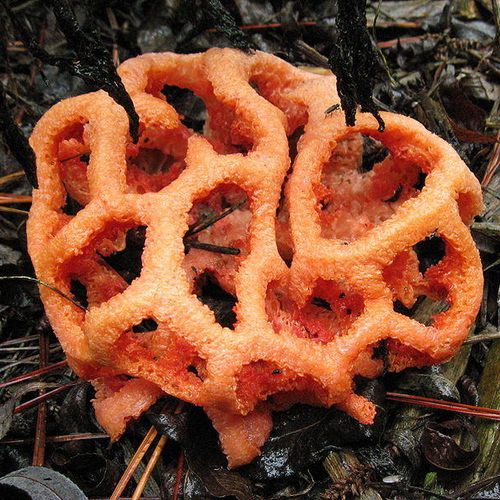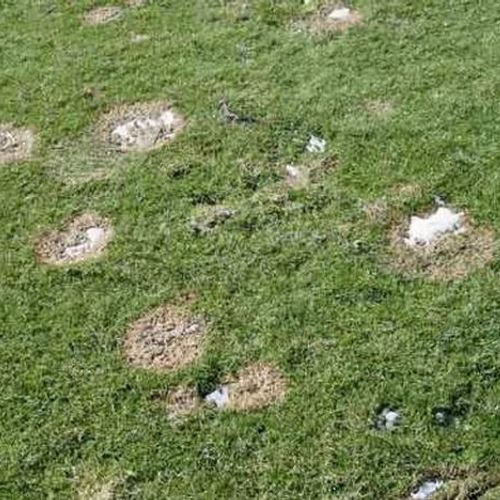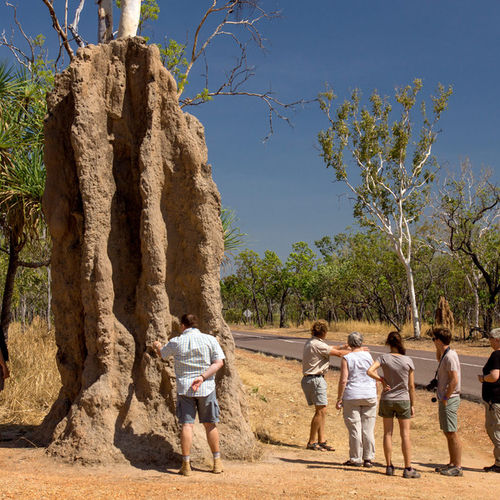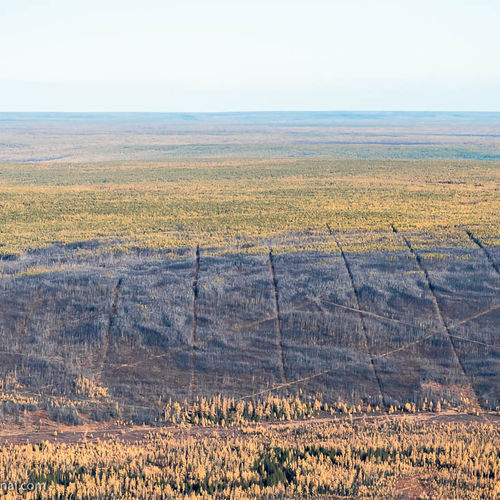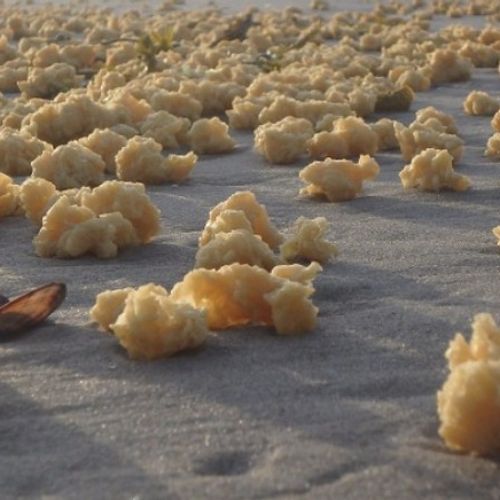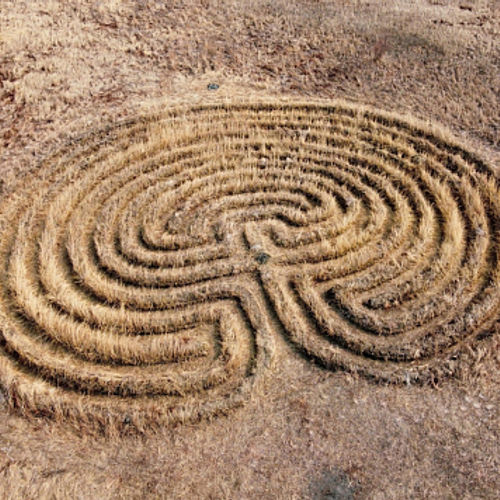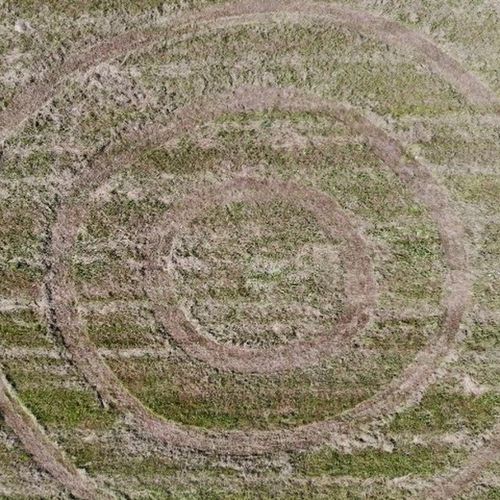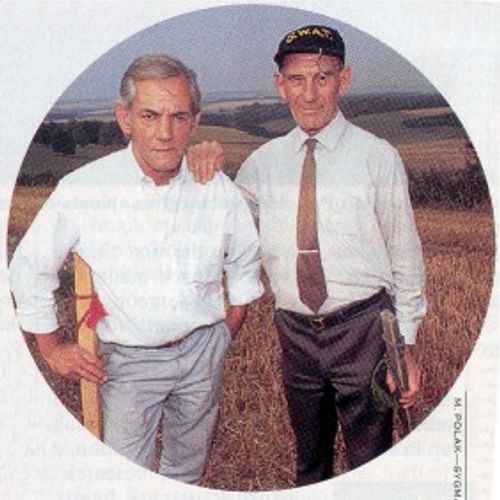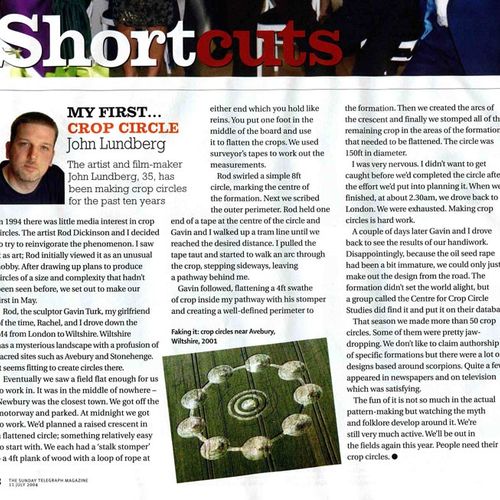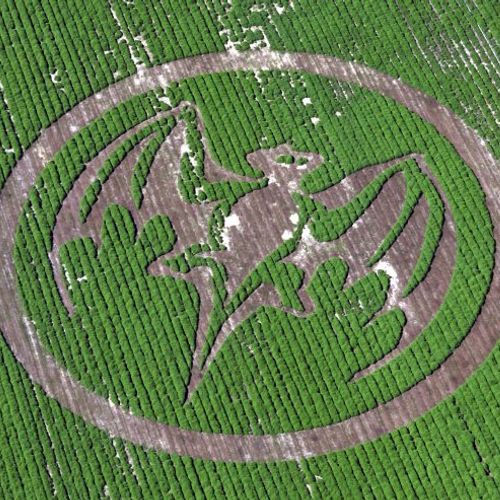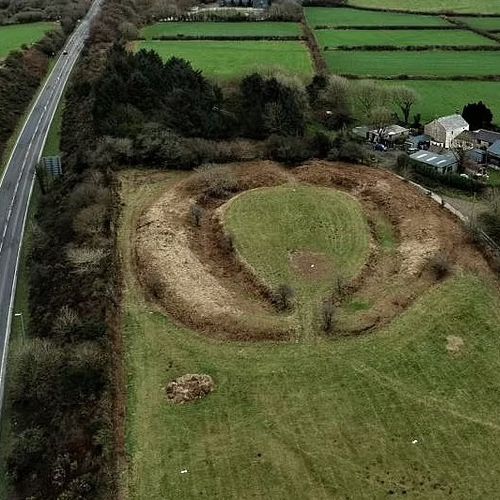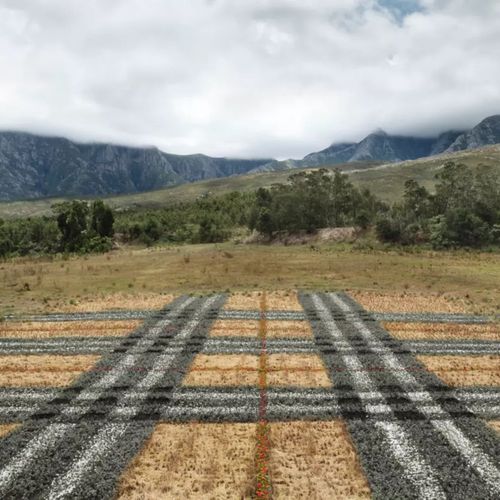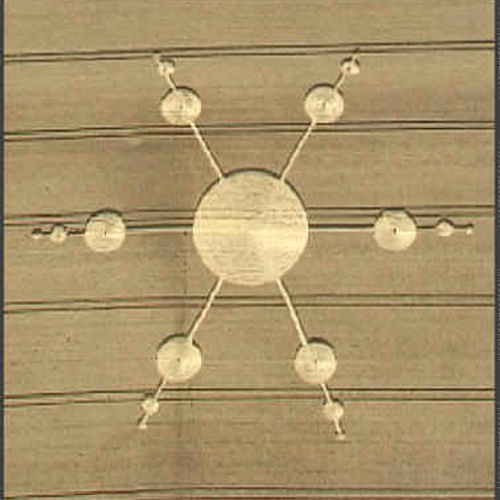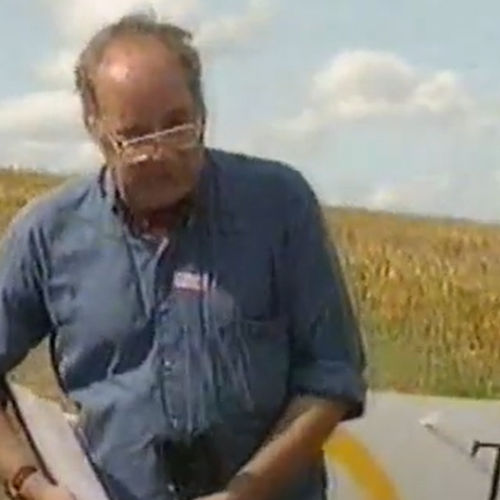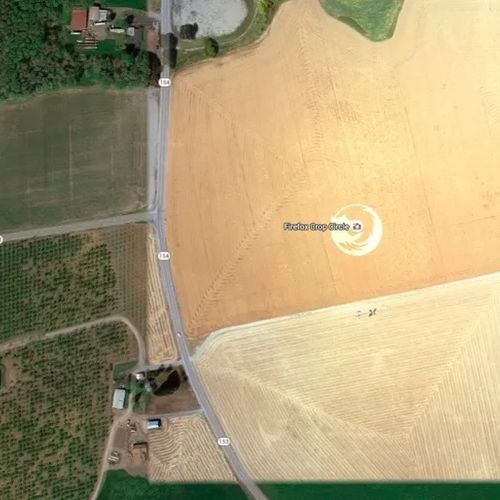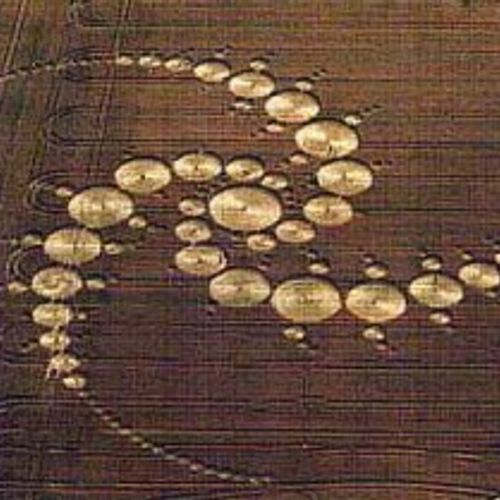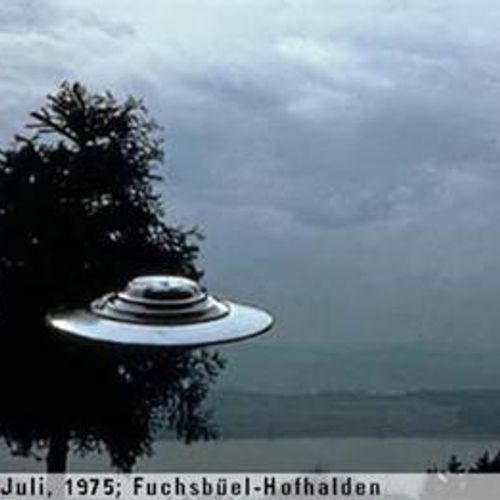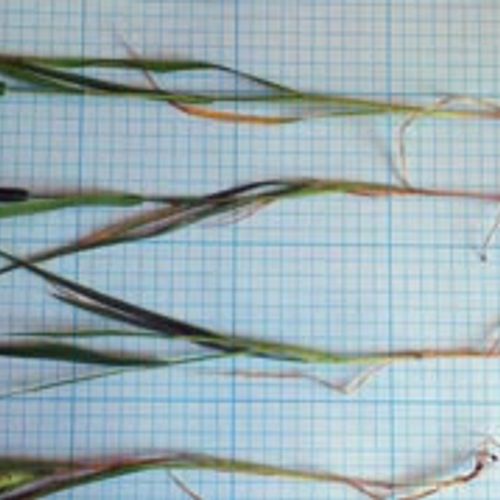
| Added | Wed, 05/10/2016 |
| Hierarchy | |
| Область распространения | All over the world |
| Характерные признаки |
→
→
→
→
→
→
→
|
| Sources |
Crop circles is a term denoting drawings in the form of rings, circles and other geometric shapes formed by dead plants in the fields. These drawings can be small or have such a large size that they can only be seen in their entirety from an airplane.In addition to the classic crushed ears of corn on the field, this phenomenon includes burnt grass, geometric traces on the ground, snow, and other surfaces, including water.
This phenomenon refers to the fact that the above-mentioned traces were found at the scene of the incident, regardless of the presence of other phenomena (UFO landing site, fairy sightings, etc.).
The first known mention of circles in England dates back to 1618 (the chronicles contain a mention of the circles that miraculously appeared on the grain fields), in Holland – to 1503.
The earliest documentary mention is considered to be an English pamphlet from 1678 called "Mowing-Devil" (devil-mower).
Mentions of areas of crushed wheat are found in the legends of different peoples, for example, in Russian folk tales, Mongolian folk tales and many others with very similar storylines. P. Ershov combined individual episodes of these fairy tales into one adventure-rich story "The Hunchback Horse", written by him in 1834. Although in all these works there is no mention of clear geometric figures, but only of crushed crops, they are often cited to confirm the antiquity of this phenomenon.
The first scientific study was published in the 22nd issue of the journal Nature, July 29, 1880.
However, the phenomenon was not widespread until the end of the XX century, and abruptly became famous in the early 90s. Only in 1990, about 500 figures were discovered, and in subsequent years their number exceeded several thousand. Being at first just circles, the figures became more complicated over time.
Modern "circles" are often very complex formations, for example, the figure discovered on August 14, 2001 in Wiltshire has a diameter of about 450 meters and consists of 409 circles. Today, several figures are registered per week, sometimes several per day.
To date, more than 5,000 figures have been registered in 40 countries around the world. However, most of them are registered in the immediate vicinity of Avebury, UK.
The phenomenon is found in almost all countries. The most frequent mentions are found in England, but they can also be found in Japan, Australia, America, South Africa, Spain, Germany, France, Bulgaria, Russia. In other countries, somewhat less often.
The classic manifestation of the phenomenon is considered to be figures on cereals – rye, wheat, etc. Many researchers are of the opinion that the appearance of figures on other underlying surfaces is impossible, however, such examples can be given:
- Italy, Brazil, Australia and other parts of the world: pictographs appear among shrubs;
- Afghanistan: a group of geologists in the mountains found over 30 pictogram circles in deep snow;
- Egypt, Red Sea: Charlotte Wusthoff found clear pictographs on the sand in a desert area of Egypt from a passenger plane;
- Kharkiv: an imprint of a ring with a diameter of 20.7 meters was found on the ice of the frozen Mza River;
- Samara: two circles with a diameter of about 20 meters were found on a snow-covered field near Kurumoch airport. This observation was made from the side of an aircraft taking off at low altitude. There was not a single trace of a person or equipment in the nearest snow-covered space, and this completely excludes the artificial nature of the origin of the detected circles.
Since the signs of authenticity apply only to formations on the cereal field, and for other cases such signs have not yet been developed, this article will consider the phenomenon of "crop circles" in its classic manifestation, that is, on the cereal field, as the underlying surface.
Until 1990, there were, as a rule, only very simple – mostly circular – forms. Since 1990, there has been an increase in the complexity of circles - huge complexes of circles with various branches have appeared. They were given the name "pictograms". Since then, pictograms have become more and more complex, moving further and further away from simple geometric shapes.
There are many hypotheses of the origin of circles. They are described in detail in an article by Richard Taylor, devoted mostly to the history of the study of circles and considering many theories from the 19th century to the present day. All these hypotheses can be divided into several categories.
Hoax
- In September 1991, British residents David Cherley and Douglas Bauer confessed to creating circles. According to them, they made the first pattern in 1978, inspired by photographs of tracks left on grain fields by agricultural machinery.
- The group of creators of crop circles, founded by John Landberg, demonstrated that it is possible to manufacture almost any circles, including analogues of those that are recognized by cereologists as authentic.
- Joe Nickel, a senior researcher at the committee for the scientific investigation of supposedly paranormal phenomena, claims that the circles have all the signs of fakes: They are concentrated in Southern Great Britain, they become more complex over time (the skill of the creators is growing), the creators are hiding and remain anonymous. Objections to this hypothesis are based, among other things, on the fact that careful studies of some of the figures show complex changes in the structure of plants that cannot be reproduced in the field. In addition, the complexity and large size of some formations are indicated, which does not correlate well with the short time interval (one night) required for their creation.
- The luminaries of agricultural science assure that if in autumn a “shock dose” of ammonium nitrate is introduced into the winter field, within the circle, then from such over-feeding with nitrogen, plants within the circle will grow faster and reach such growth that thin stems will burn from the slightest breeze. You can lay them with a rope in a spiral (this is exactly the picture observed in “crop circles”). This was demonstrated by the journalists of Komsomolskaya Pravda in one of the private farms of the Moscow region in 2001. However, it is not clear how with this method it is possible to create shapes with clear borders and several multidirectional layers of the substrate.
- Richard Taylor believes that the manufacturers of field ornaments are felling grass with the help of microwave radiation. The main tools of the "artists", apparently, are magnetrons torn out of microwave ovens, powered by powerful portable batteries. And GPS navigation helps to verify the steps. However, if you find the original article by Richard Taylor, which is referenced when pushing this theory, it turns out that it is devoted more to the history of the study of circles than to the study itself. At the end, there is a link to the research of the BLT Research Team, whose members were allegedly able to repeat changes in the structure of plants using microwave radiation from magnetrons from conventional microwaves. And scientists Haselhoff and Levengood even built a model describing similar processes. However, all this remains a theory, and it is not yet possible to repeat it in reality on the field. In addition, the use of radiation will not give clear edges of the formation, and this is one of the signs of truth. The author of the article does not even insist on such an origin of circles, the article is exclusively an overview, it just mentions the possibility of using modern technology (microwaves and GPS) by scammers when creating circles.
Natural causes
- One theory suggests that circles are created by small vortices that send strong air currents to the ground, crushing plants. Such vortices are often found in hilly regions of the UK.
- Dr. Terence Meden from the Organization for the Study of Tornadoes and Storms (TORRO, Wiltshire) believes that such vortices have an energy charge (plasma vortex theory). Dust particles trapped in the spinning charged air can emit light, which explains the glowing lights reported by eyewitnesses. But at the same time, the question still remains — how can air vortices create such complex pictograms?
- According to the Washington Post, recently a Californian researcher Don Scott observed the appearance of mysterious circles on rye fields in southern England. Among his equipment were a radiation detector, infrared vision devices, cameras and movie cameras. Don Scott proceeded from the well-known fact that the presence of radioactive isotopes was recorded on the cereal lying in circles. Therefore, before installing his equipment, he determined with the help of a radiation detector areas of the rye field that exceed the usual radiation level. After two weeks of searching, he found such an anomaly, and the waiting began. A few days later, at 1:57 a.m., an automatic infrared camera turned on. In the night vision device, Scott watched as the ears of rye begin to bend, forming a circle. Enlarging the image, the researcher saw small creatures scurrying between the ears. These were not aliens from outer space, not mystical creatures from ancient Celtic legends. The builders of the circles turned out to be ants, one of the species of insects with a primitive social organization. What makes ants walk in a circle? According to Scott, the direction of the ants' movement is determined by the Earth's magnetic field. This theory does not agree with the history of the phenomenon and does not explain the origin of the circles, although it is considered the most plausible, "because ants are everywhere." It was also not possible to find a source where this theory and its research would be described in detail.
- One of the latest theories explaining rectangular, square and other simple formations is the uneven evaporation of moisture in places of ancient structures. The study was conducted by aerial archaeologists from the Royal Commission, who deal with issues related to the ancient and historical monuments of Wales:
The figures found in the fields, they claim, indicate a variety of human activities in this region. The hot weather also helped a lot in this study. The grass has withered because of it, and figures that can only be seen from the air have begun to appear on the landscape. In other cases, drought would have played a different role.
The thing is that moisture has accumulated in large quantities in underground ditches created artificially in ancient times. Above them, the grass grows better, and around it burns out. This was the reason for the manifestation of signs. The figures resemble mysterious crop circles. However, scientists also filmed square and rectangular structures.
In their opinion, the signs represent the remains of fortresses and castles, prehistoric farms and houses.
Because of the heat, plants dry up completely if they have grown directly over the ancient foundation — it prevents moisture from accumulating in the soil. Or, on the contrary, water accumulates in artificial ditches — in this case, more grass grows and it is thicker. One way or another, it is possible to notice the difference only during long periods of drought.
Another mind
- One of the assumptions is that the pictograms in the margins are the trace of another mind. For example, traces of a UFO landing. Or, on the contrary, specially sent messages to earthlings from other planets. However, this theory lies in the same plane as the question of the existence of UFOs and other anomalous phenomena — scientific evidence of the existence of another mind has not been received to this day, despite the fact that from a scientific point of view its existence is very likely. Perhaps the reason for this is that scientific work on the search for extraterrestrial civilizations at the moment is concentrated only on a narrow area of search for a radio signal of a certain frequency, similar to an artificial one.
It is impossible to name one version that explains all the "circles". As a rule, the versions vary from case to case from natural causes, like wind, to obvious complex formations created by a team of artists. For example, in 2007, one of the groups called Circlemakers came out of the shadows. They admitted that over the years they have created circles in the form of advertisements for commercial companies such as Nike, Pepsi, BBC1 and Greenpeace, as well as many other well-known circles.
Phenomenon in mass culture
Related versions
Related facts
Related news
Related articles
Log in or register to post comments
